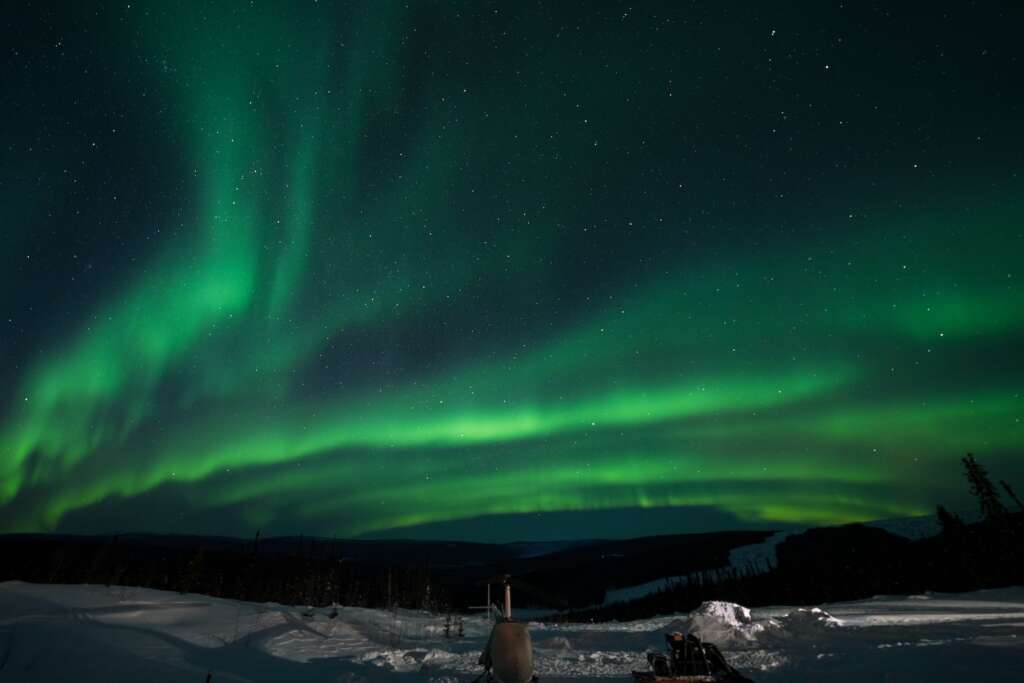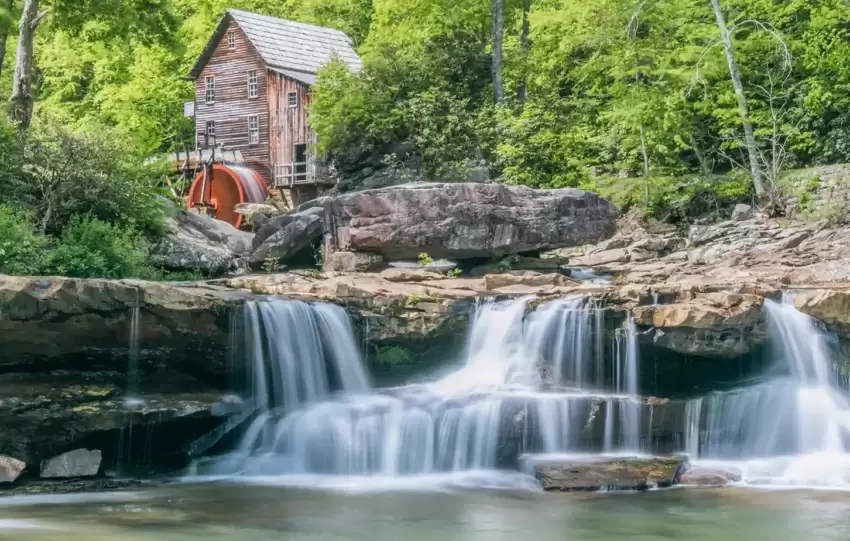The Best Time to visit Alaska: Explore Fun Places, Good Weather, and More Activities
The enjoyable and best time to visit Alaska is between the middle of June and mid-September. This is a charming season throughout the year, with the weather in the relaxed but comfortable region (15 to 19 degrees Celsius or 60 to 67°F), thanks to the milder weather and long days. Throughout this time, it is possible to see Alaska wildlife, such as bears, sea otters, seals, and whales, with June and July being the most incredible months for sightings.
Alaska weather can change drastically at any time of year. To prepare for the winter weather, many excursions do, however, cease operations at the beginning of September. Avoiding the winter months is better unless you want to engage in extreme winter sports or view the northern lights.
Enjoy the Northern Lights:
The best time to visit Alaska’s northern lights is from August until the center of April, when clear nights and electromagnetic energy make it reasonably simple to spot auroras. However, the spring and autumn equinoxes (from March and September) are generally when the northern lights are most substantial.
Additionally, Alaska gets less foggy days throughout these months, offering tourists the finest opportunity to see the scenery. Most of Alaska has excellent aurora vision since the Arctic Circle runs through it. To prevent any light pollution, it’s a good idea to travel north and stay as far away from populated areas as you can for the best viewing, in any case.

National Park:
July and August is the best time to visit Alaska. These destinations are Glacier Bay National Park and Denali National Park because of the warmer weather and longer days. But if you want a more sedate, isolated experience, go later in the year when the visitors have thinned out, but there is still enough light for you to go on a self-guided trip through the wilderness.
The single road in the park, Denali Park Road, is open for bus excursions to see animals from mid-May to early September. A 15-mile stretch of the road is also accessible to private vehicles. For the most outstanding views of the State’s stunning fall foliage, visit around September because it is the best time to visit Alaska National Park.

Best time to enjoy Snow:
The peak and best time to visit Alaska for tourism is May through September., but winter must be addressed. Why? Snow. The periods of December, January, February, and March give a terrific opportunity to explore Alaska’s spectacular snow-blanketed terrain via snowmobiling, Nordic skiing, and dog sledding due to reports of record-breaking snowfall in the State.

The best time to visit Alaska to see Wildlife:
One of Alaska’s main attractions is the fantastic wildlife. Plan a summer vacation to Lake Clark National Park and Katmai National Park to experience the State’s renowned brown bear population. Since the salmon run is at its peak, bears are active and can be seen in known locations along the riverbed.
The whale view season is a little longer this year, which is good news for travelers arranging their trip around it. Gray whales are typically in the State by April, with Seward offering the finest viewing opportunities. In Icy Strait Point and Juneau, humpback whales can be spotted. They typically arrive by June.
Related: The Best Time to Visit Yellowstone National Park in 2023

Alaska Railroad:
Summer is the best time to visit Alaska. Despite the short length of our summer, it is the warmest and driest time of year to visit. You may expect to see the finest that Alaska offers between mid-May and mid-September, including the main Alaska Railroad routes, which are only operational during this season.
The period with the most fantastic tour options, the finest weather, and the best chances for animal seeing is the peak season, which runs from early to mid-June through mid-August. The first few weeks of summertime, which traditionally begins around May 15th, are when hotels and the railroads tend to reduce their rates, making May the best time to visit Alaska.

Alaska Ship Cruise:
Due to the comparatively warm weather, July and August are the best time to visit Alaska. Major cruise lines travel to Alaska. However, they usually provide fewer up-close views than smaller regional cruises do. These boats may access locations in Alaska that bigger ships cannot due to their lighter weight and shallower drafts.
Understanding the crew and other passengers on a smaller boat is also simpler. The Kenai Fjords National Park is a well-liked location for small ship tours. Here, you may get a close-up view of Alaska’s enormous glaciers and a variety of aquatic species.

Travel In Budget:
The shoulder seasons between May and September are the most cost-effective and best time to visit Alaska. Some travel operators provide their tours at a reduced cost during this time. Also, there are fewer crowds.
Besides the busy season, hotels are less expensive, though some may already be boosting their rates in May. April is a great month to travel to Alaska on a reasonable basis if you don’t mind the less favorable weather. Small-ship trips can be replaced at a reasonable price by the Alaska Marine Highway System.

Frequently Asked Questions:
Which month is the least expensive to travel to Alaska?
The Cheapest Seasons to Visit Alaska
The best prices for tourists on a budget can be found in the off-season times of April, May, and September. Compared to mid-summer, hotel prices for a weekend stay are much lower during the shoulder season.
How long should you stay in Alaska?
Most tourists stay in Alaska for seven to fourteen days. Your travel plans and desired destination heavily influence this decision.
Why are trips to Alaska so expensive?
Said Alaska is pricey in general. It is expensive to ship stuff up here because it is so far from the other Lower 48 states.
Why is Alaska so well-known?
Alaska is renowned for its immense wilderness, incredible wildlife, and breathtaking scenery. In addition to being the largest State in the Union and being cut off from the rest of the Union, Alaska is renowned for its distinctive geography and history.




